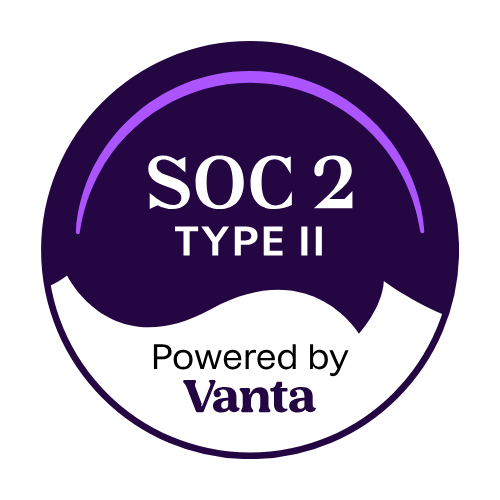While certain goals were not met, there were a number of agreements made during COP26 that helped define progress and determine how it will be measured. Here’s a summary of the final agreements made at the conference.
-
-
- The Glasgow Climate Pact was passed. This pact secured 2023 as a deadline for countries to resubmit their plans to stay below 1.5 degrees warming, agreed that emissions need to fall by 45% by 2030, included a breakthrough agreement to “phase down” coal and end inefficient fossil fuel subsidies, as well as mentioned the importance of equity in this transition.
-
- Rules were set for an international carbon market to trade emissions. Estimates value this market at $100B.
- China & the U.S. joined together to cut emissions in a historic deal (albeit short on details).
- The Beyond Oil & Gas Alliance (BOGA) was created with 7 leading countries making aggressive commitments to phase out fossil fuels.
If all pledges come to pass, it puts us on course for 1.8 degrees warming.
Additionally, it’s worth noting the big differences between previous conferences and COP26:
- Fossil fuels were explicitly called out as the key contributor to climate change during COP26. In previous conferences, fossil fuels never made it into the agreements.
- Media coverage was abundant during COP26. In the U.S., daily coverage was available via the NYTimes, Bloomberg, Washington Post, NPR, WSJ and FT.
- Despite not being formally invited, there were protests throughout the week, led by internationally known activists including Greta Thurnberg.











